About Matthew Wentworth
Q&A with New York State Elementary Principal of the Year
Matthew Wentworth, Ed.D., is principal of Goshen Intermediate School in Goshen, New York, where his attention to building a school culture that emphasizes belonging and strong relationships helped him stand out for recognition as New York State’s Elementary Principal of the Year and as a National Distinguished Principal.
In the following Q&A, he talks about his career inspiration, shares how his Ed.D. from Russell Sage College’s Esteves School of Education influences his leadership style, and describes the schoolwide collaboration that played a key role in his honors from the School Administrators Association of New York State and the National Association of Elementary School Principals.
What attracted you to the education field and to education administration, specifically?
I am the oldest cousin in a large family by about five years, so I grew up as a mentor. I always was naturally in that role, and I like to make things fun. But a huge influence on my life was my grandmother, who was a reading teacher in Oswego, New York, and part of starting up the Oswego Teachers Center, which is now CiTi BOCES.
Coincidentally, my first job in education was at CiTi BOCES, in arts and education instructional support services. I worked with 36 school districts and with superintendents, principals, and curriculum developers. It was a unique role to enter education in, and something clicked.
I finished my literacy master’s degree and moved to the Middletown and Goshen area, where I taught for five years. Our interim principal encouraged me to get my Certificate of Advanced Study in School Leadership and get into being a principal.
When I was an assistant principal in the Port Jervis City School District, I met John Bell [then assistant superintendent, now superintendent of Port Jervis City School District] who was in Sage’s Educational Leadership program. He recommended the Ed.D. program to me, and when I ended up going to Sage, he became my executive coach and a major influence on my leadership.
How did Sage’s Ed.D. program impact your leadership style?
The Educational Leadership program answered many questions for me about what a leader does and represents. When you finish a CAS, you come out with all that knowledge, thinking you’re going to do all these things, and then you realize that it’s so much more than just knowing what to do. It’s knowing how to lead and how to work with people. The Sage Ed.D. program is all about the next steps of leadership, the human approach to change, and how to lead people.
Sage really helped me see leadership through the human lens, not just books and theories — which are all great, and we also went over a lot of that — but that human side, celebrating wins and inspiring people to join you. This program really brought that to the forefront for me.
The depth of the conversations among our cohort, and hearing from people around the state, how they were putting things in place based on what we were reading, and doing such deep reflections on everything, shifted my leadership. I went from just trying to manage — some days we are stuck in management mode — but now, at the end of every day, I try to go back and look at the needs of kids, staff, or families, and ask, “Are there human needs that I’m meeting here, or am I just implementing another program?”
The Principal of the Year announcement from the School Administrators Association spoke specifically about your dissertation investigating the relationship between leadership continuity and graduation rates. What inspired your interest in that topic?
As we were starting to read through the literature, I became fascinated. The research was about longevity, and about the longer people are around, all the positive impacts — and how that shapes school culture. I started wondering, what would be the connection if you had a superintendent and a principal working together for a long time? I’m known as a bit of a data geek, I love digging into data. I analyzed graduation rates over the past 10 years for every New York high school. and correlated it with the lengths of superintendent-principal partnerships.
While I didn’t find a strong relationship between the length of superintendent-principal partnerships and graduation rates, my hope is someone will build on my work by exploring the relationship quality qualitatively, how the quality of the superintendent-principal relationship impacts graduation rates as well.
The SAANYS writeup also described a major community-building project that your school implemented. Would you tell us more about that?
We’ve launched several amazing teacher-based initiatives, but the one that we’re the most proud of is the “Flock System” that we put in place. I can’t take full credit. I had wonderful teachers come to me, saying that they wanted to expand upon Choose Love, the Social-Emotional Learning program we use. We also drew on Hamish Brewer’s ‘Tribes’ concept — like a Harry Potter house system.
We assigned every student, teacher, staff, and family to a “Flock” named after one of the Choose Love themes: “Courage,” “Compassion,” “Forgiveness,” and “Gratitude.” We chose “Flocks” because the Choose Love logo is a duck. We borrowed core strategies from PBISinitiatives, and we created a point system for various methods of recognizing positive behavior — we call them Duck Calls. We wove in longstanding traditions like All-Star shout-outs alongside smaller, frequent reinforcements. Flocks earn Duck Calls for positive behaviors. We even added hidden bonus points for perfect attendance, academic milestones, library book returns, and other positive actions. We created a live scoreboard that shows up on the TVs around the building. They always know who is in the lead!
At the end of the first trimester, we had Pondapalooza to announce the winning Flock. It was actually the first time we brought our whole school together. One of our staff members even bought a duck costume! It became a huge celebration. Then last time, we did a Glow Party after school, with our transportation department offering transportation home for any kid that wouldn’t be able to attend if they didn’t have transportation. So we’ve really been able to bring our community together.
We’ve noticed since the pandemic, many kids struggle to connect with someone. So the core idea and the most important reason to keep improving upon our idea for Flocksis creating an additional community within the building. We have our classroom community, we have a Flock community, and it is even expanding to a bus community because we incorporated the bus drivers as well.
It’s been a game-changer for positive behavior and belonging at Goshen Intermediate School
Is there anything that I didn’t ask that you would like to add?
I keep thinking of my grandmother. She was the first in our family to earn a college degree and inspired me to pursue my doctorate. Sage made that possible.
My parents owned their own businesses, and I worked alongside them — building foundations, installing flooring, making repairs. Watching them serve customers and lead employees showed me what it means to do the right thing, even when no one’s watching. I would never be where I am now, without their support.
That family example guides my work every day. I believe every student brings unique strengths and needs. I’m passionate about building a culture of belonging and using data and positive reinforcement to support each child. With tools like our Flock system and restorative practices, I help students grow — academically, socially, and personally.


